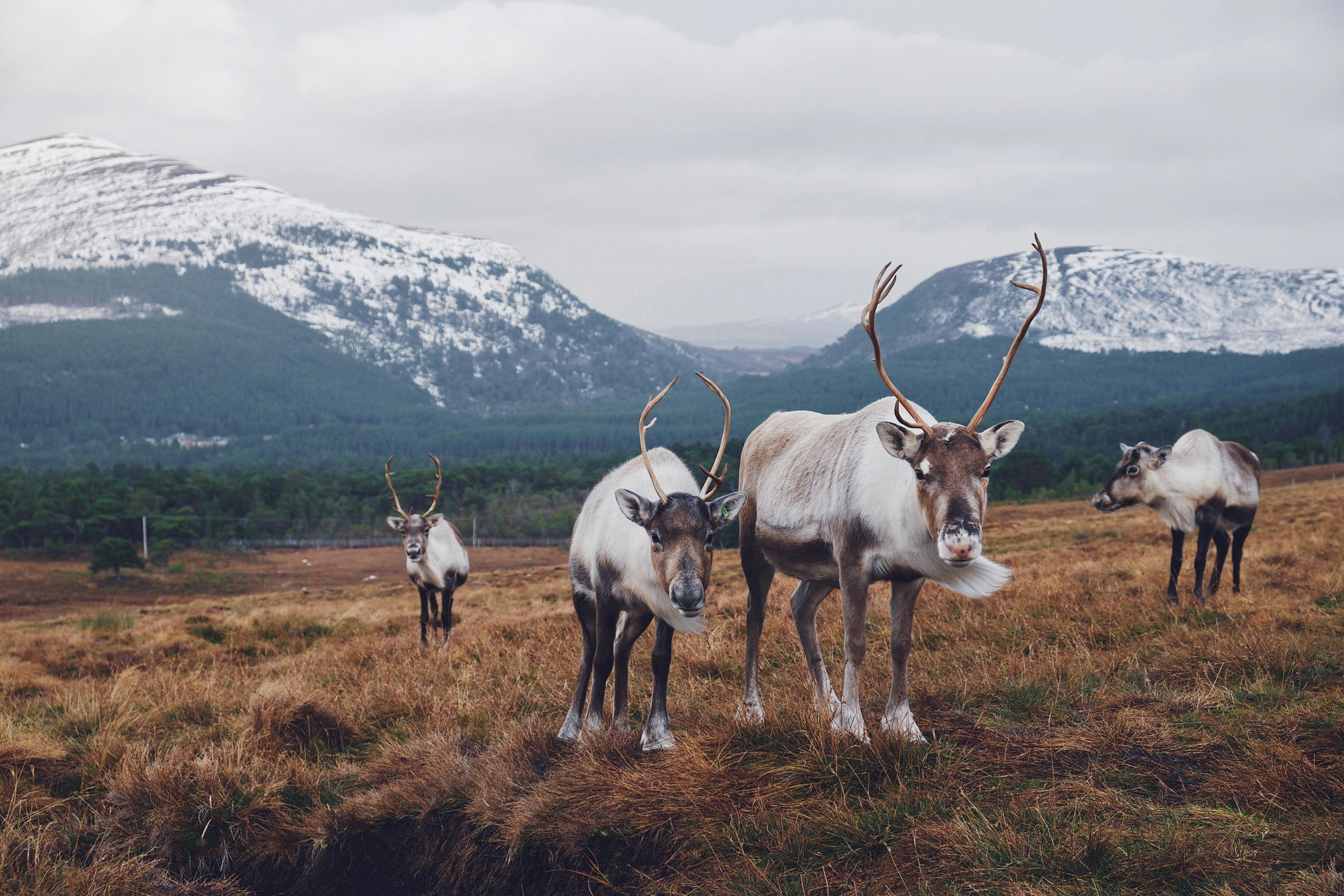The caribou migration is one of the most stunning natural events on Earth. Thousands of caribou undertake an epic journey across Canada’s vast wilderness each year. This migration is crucial to the caribou’s life cycle and plays a key role in maintaining the balance of the ecosystems they pass through. In this article, we’ll cover the details of the migration, including where and why it happens and the best spots to witness this natural wonder. Canada’s wildlife is deeply interconnected with the caribou’s remarkable journey.

What Makes the Caribou Unique?
Caribou are extraordinary creatures known for their resilience and adaptability to some of the harshest environments on Earth. From their distinctive physical traits to their social behavior, caribous are uniquely equipped to thrive in the Arctic and sub-Arctic regions.
What Is a Caribou?
A caribou, also known as reindeer in Europe, is unique among large mammals for their incredible adaptability and social structure. These creatures are highly specialized to thrive in harsh environments, from the Arctic tundra to dense boreal forests.
One of the caribou’s most distinctive features is its large, concave hooves, which help it move easily across snow and soft ground and allow it to swim efficiently—making caribou excellent swimmers capable of crossing wide rivers and lakes during their migration.
Both male and female caribous grow antlers, making them the only species of deer in which females sport antlers!
What Is the Difference Between a Moose and a Caribou?
Moose and caribou are both members of the deer family (Cervidae), but they have several key differences that set them apart. Moose are significantly larger, often weighing up to 1,500 pounds, while caribou are much smaller, typically weighing between 180 to 400 pounds. Moose have a distinctive, bulky build with long legs and a large, overhanging muzzle, whereas caribou have a slimmer, more agile frame and smaller faces.
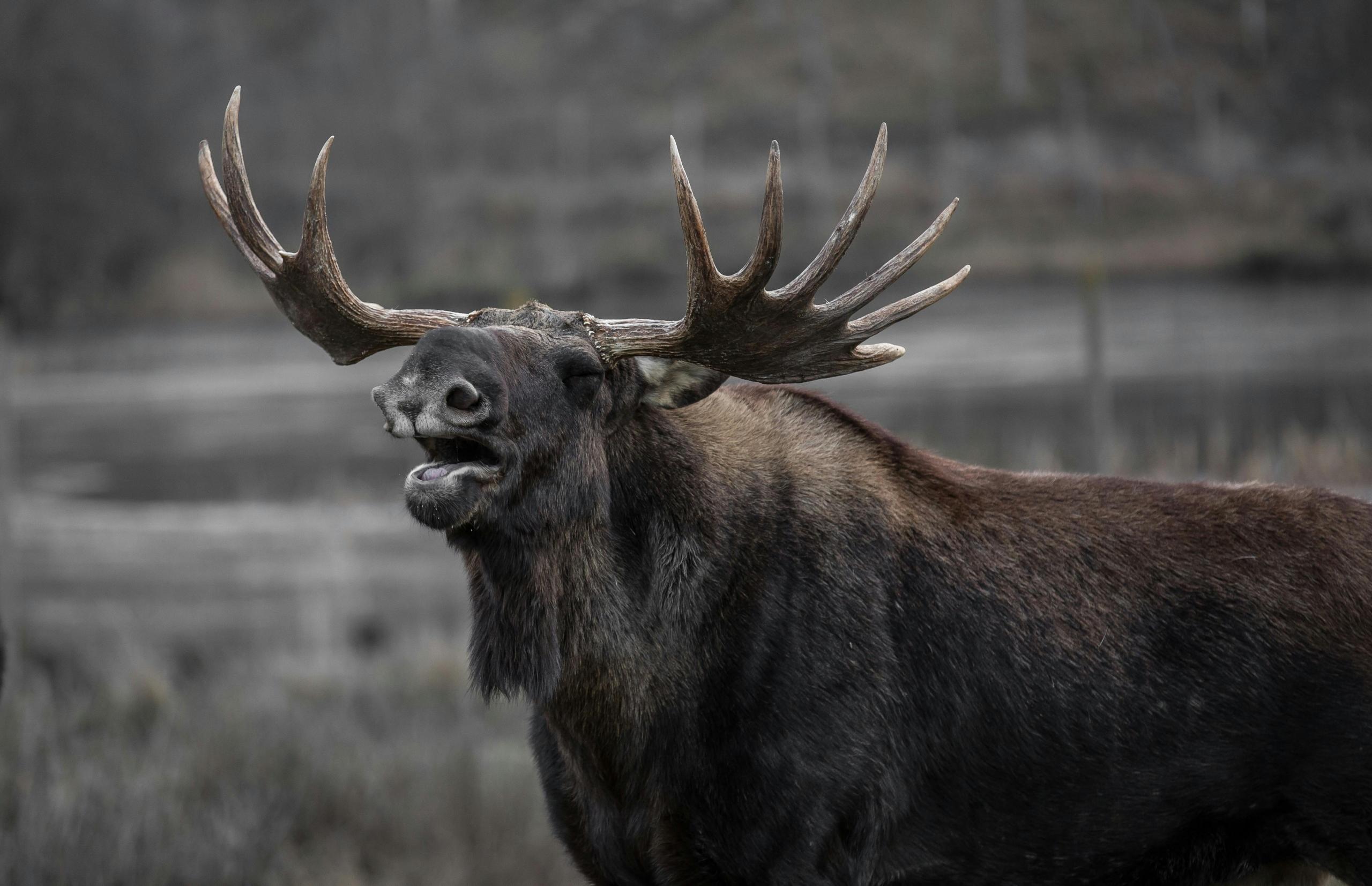
Their antlers are also different. Moose have large, broad, paddle-shaped antlers, while caribou antlers are thinner and more branched, with intricate designs. Interestingly, both male and female caribou grow antlers, while only male moose have them.
In terms of habitat, moose are typically found in more wooded areas with access to wetlands, while caribou prefer tundra and open, snowy landscapes. Their diets also differ, with moose feeding on aquatic plants, leaves, and bark, while caribou primarily eat lichens and small plants. Both species adapt well to cold climates, but their unique traits reflect their specific environmental needs.
The Caribou's Behavior and Social Structure
Caribou are social animals that typically live in large herds, offering safety in numbers against predators such as wolves and polar bears. Herd sizes vary greatly depending on the season and location, sometimes numbering thousands during migration. However, during the calving season, females and their calves often separate into smaller groups to enhance protection from predators. This social flexibility is a key part of the caribou’s survival strategy, enabling them to adapt to the shifting dynamics of migration and predation.
Constantly on the move, caribou travel vast distances each year, navigating some of the world’s most challenging landscapes—from icy rivers to steep mountain ranges. Their incredible endurance and adaptability make them one of the most resilient species in the Arctic and sub-Arctic regions, and they play a crucial role in the balance of their ecosystems.
The Caribou's Habitat and Diet
Caribou inhabit various ecosystems, from tundra and boreal forests to mountainous regions. They are specially adapted to survive in cold climates, with thick fur that helps insulate them against the harsh conditions of the Arctic and sub-Arctic. Their wide, concave hooves allow them to travel efficiently over snow and ice, providing traction in slippery conditions.
As for their diet, caribou primarily feed on lichens during the winter. Lichens are slow-growing organisms that provide a crucial energy source during the cold months. In the summer, caribou diversify their diet with grasses, sedges, and shrubs. This seasonal shift in diet is one of the key reasons for their migration, as they move to areas where food is most abundant.
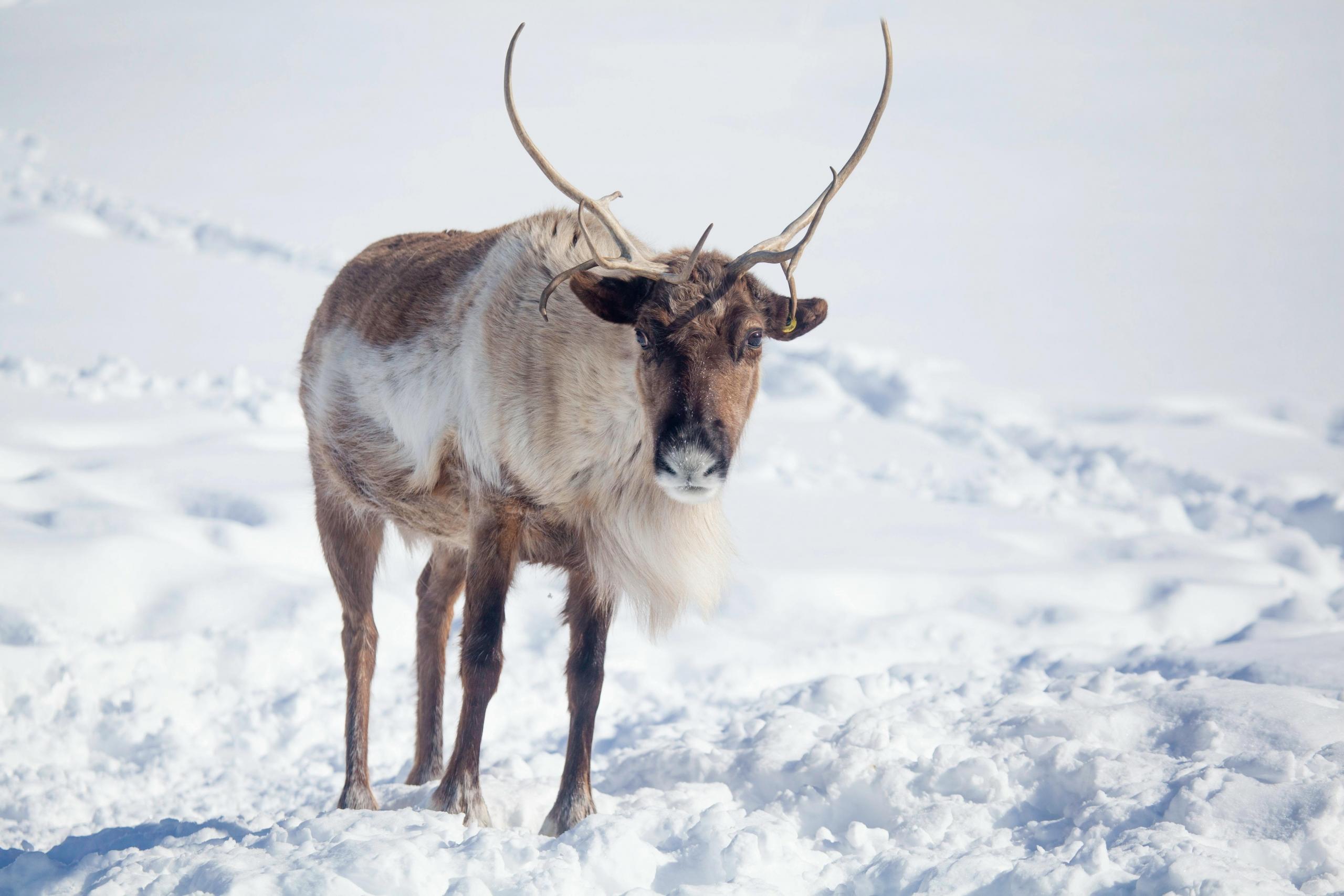
The Importance of Caribou Migration
The caribou migration is a breathtaking natural event and a vital process for the health of northern ecosystems. As caribou move across the tundra and boreal forests, they help maintain the balance of the ecosystems they traverse. Their movement influences the growth of vegetation and the behavior of predators.
Moreover, caribou are culturally and economically important to Indigenous communities in northern Canada. Their migration has been a key source of food, clothing, and materials for Indigenous peoples for thousands of years and continues to be an integral part of their traditional lifestyle.
Why Do Caribou Migrate?
The primary reason for caribou migration is the seasonal availability of food. For sustenance, Caribou rely heavily on lichens, mosses, grasses, and shrubs. In the winter, they move to more sheltered areas with abundant lichens and moss, their primary food source during the colder months. As the snow melts in spring, caribou head north to calving grounds where new vegetation emerges, providing plenty of food for nursing mothers.
Additionally, migrating northward offers protection from predators. The vast, open tundra where caribou give birth allows them to spot predators like wolves and bears from far away, giving them time to escape or defend their calves.
The caribou migration is also deeply connected to the health of the overall ecosystem. As the caribous move, they help fertilize the land, disperse seeds, and influence the movement and behavior of other animals.
Predators such as Canada lynx, wolves, and bears depend on caribou herds for sustenance, making the migration essential for the survival of many species in Canada’s northern ecosystems.
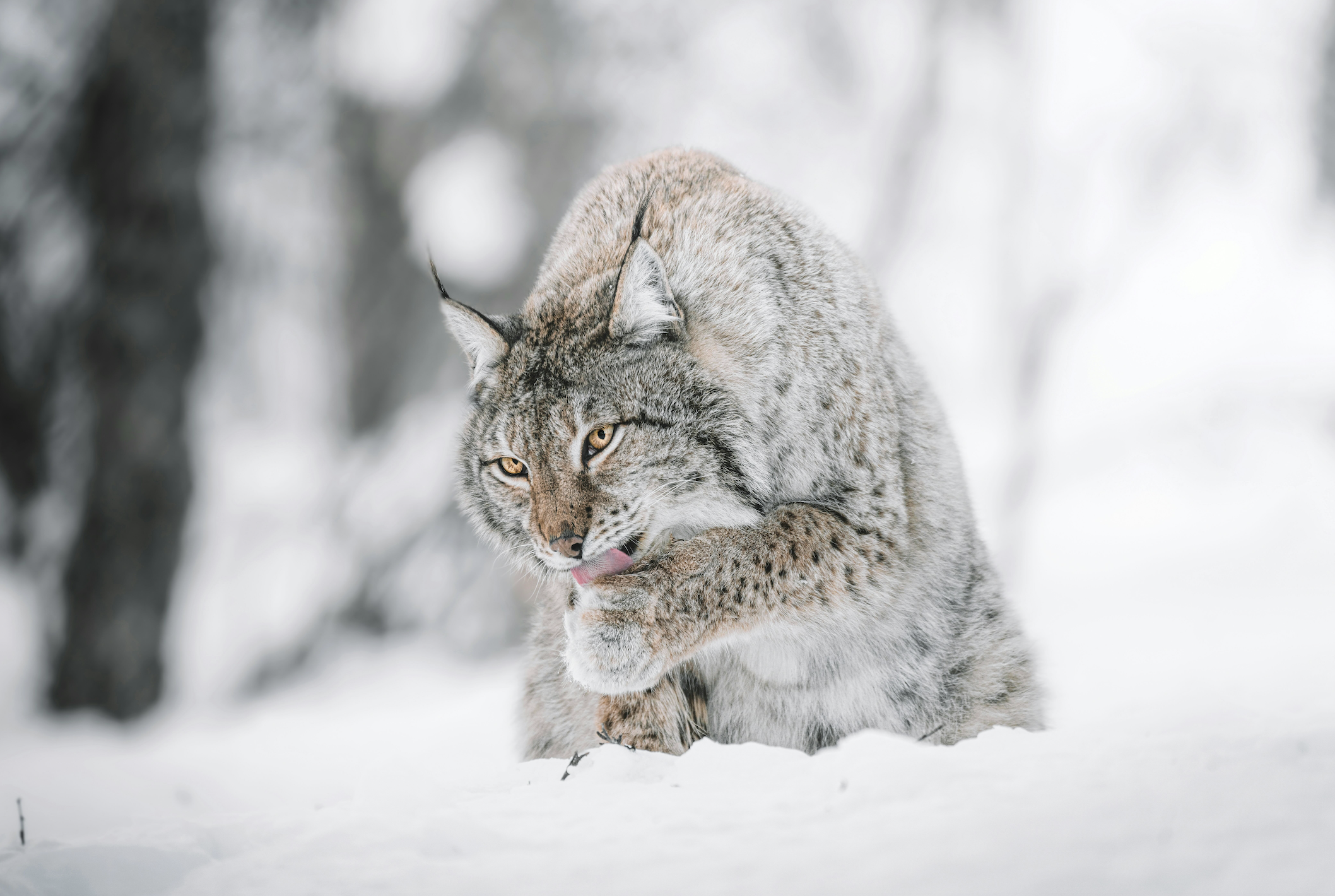
Where Do the Caribou Migrate to?
Caribou, also known as reindeer in Europe, are natural migratory animals. The most famous caribou migrations happen in North America’s Arctic and sub-Arctic regions, spanning Alaska, Canada, and parts of Greenland. In Canada, caribou migrations primarily occur in the northern territories and provinces, including Yukon, Nunavut, Northwest Territories, and northern Quebec and Labrador.
Caribou migrate for food and better conditions for birthing and raising their young. The annual cycle typically involves two major movements: in the spring, caribou herds migrate northward to their calving grounds, where females give birth, and in the fall, they move southward to their wintering grounds. This incredible journey can cover over 1,500 miles annually, making the caribou migration one of the longest land migrations on Earth.
Where Can I See a Caribou Migration in Canada?
Witnessing the caribou migration is an unforgettable experience for wildlife enthusiasts. Here are four prime locations in Canada where you can observe this remarkable spectacle:
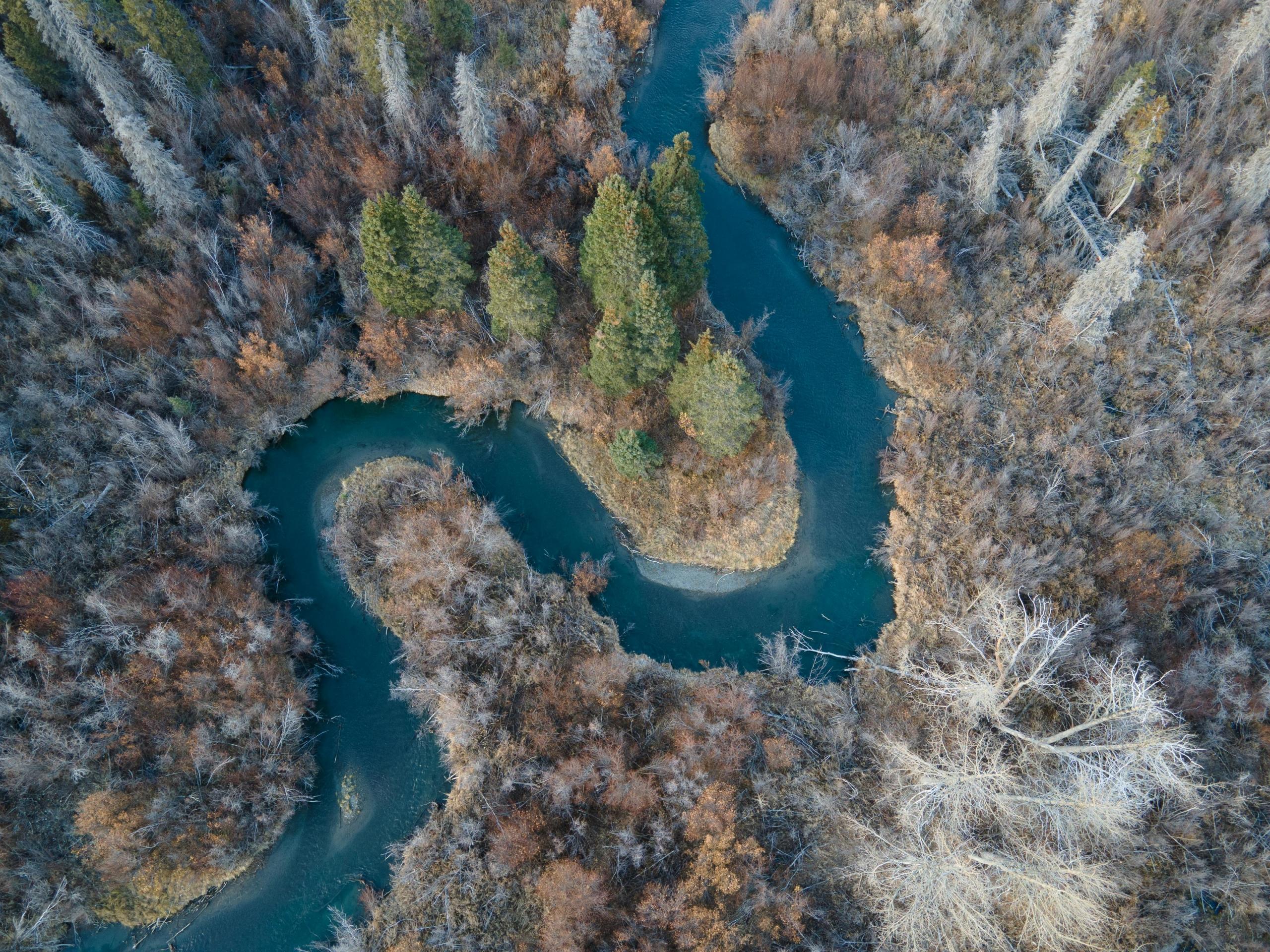
Porcupine Caribou Herd, Yukon and Northwest Territories
This herd migrates across the Arctic National Wildlife Refuge in Alaska and into Canada’s Yukon and Northwest Territories, covering over 1,500 miles annually.
George River Herd, Quebec and Labrador
Once one of the largest herds in the world, the George River herd migrates across northern Quebec and Labrador. While their numbers have declined, the herd’s migration remains a key ecological event.
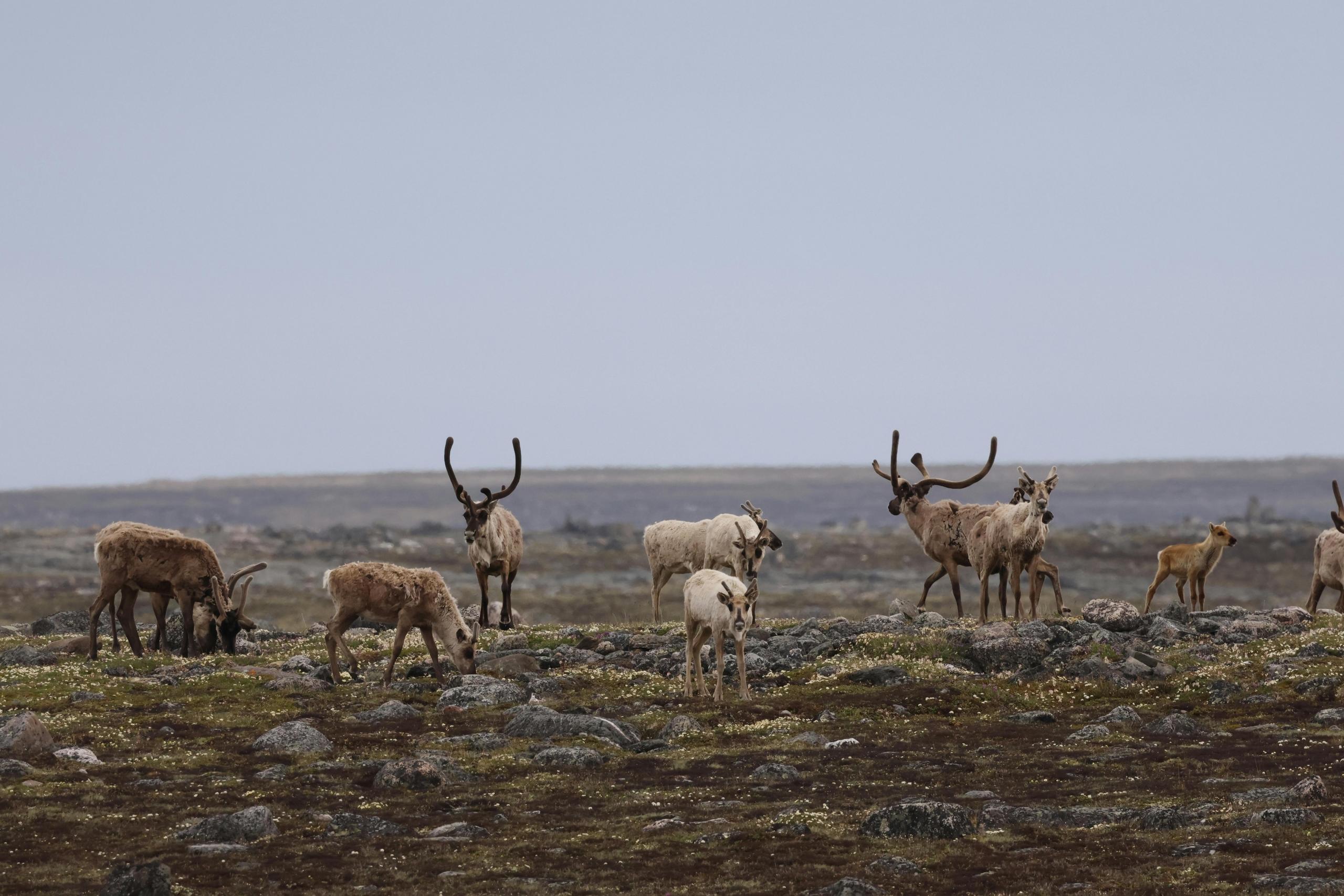
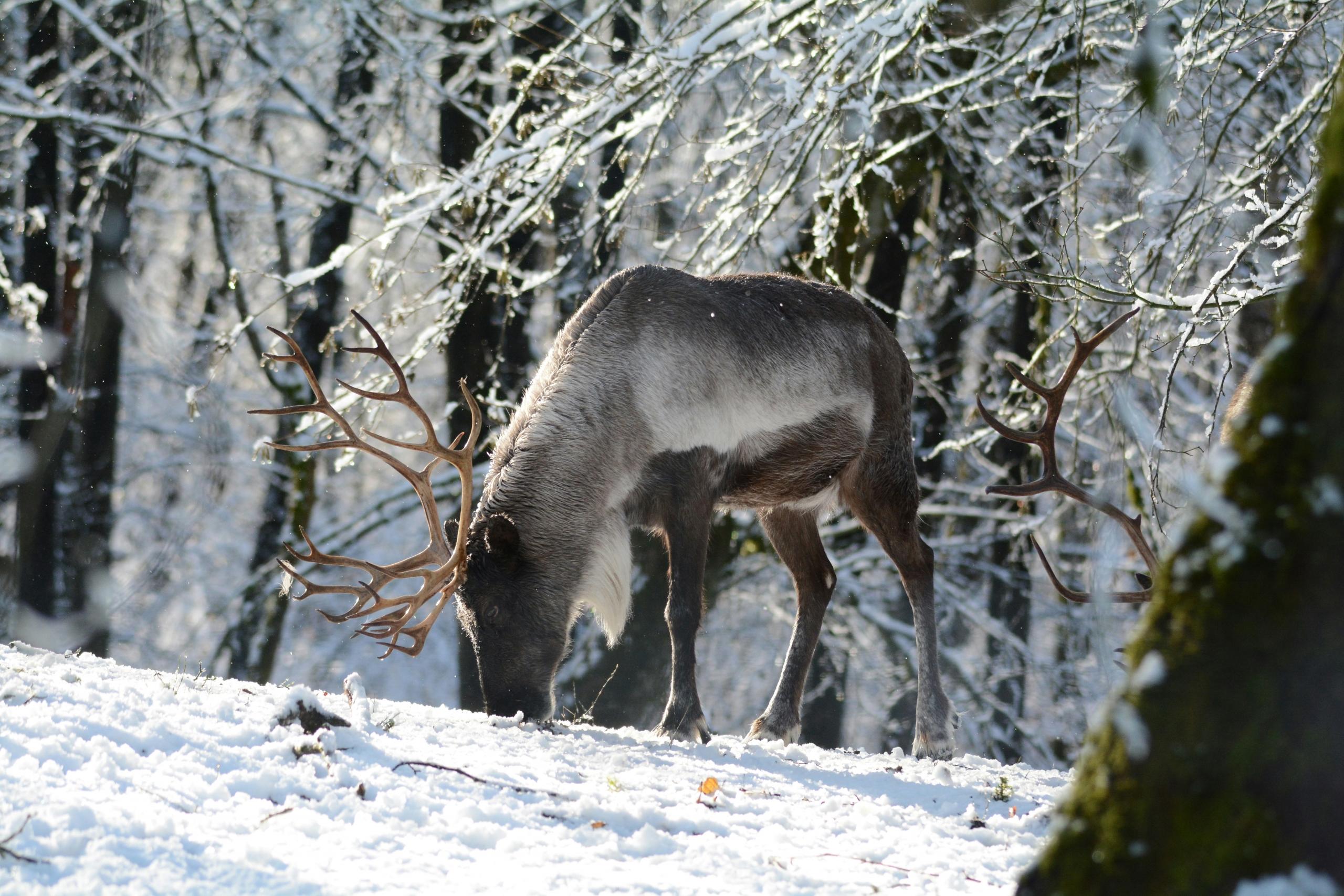
Bathurst Caribou Herd, Northwest Territories and Nunavut
This herd’s migration takes it across some of Canada’s most remote and wild regions, including the Northwest Territories and Nunavut. It’s a critical part of the Arctic tundra ecosystem.
Torngat Mountains, Labrador
The rugged and remote Torngat Mountains in Labrador provide a stunning backdrop for caribou migration. This area is also known for its incredible landscapes and rich Inuit cultural history.
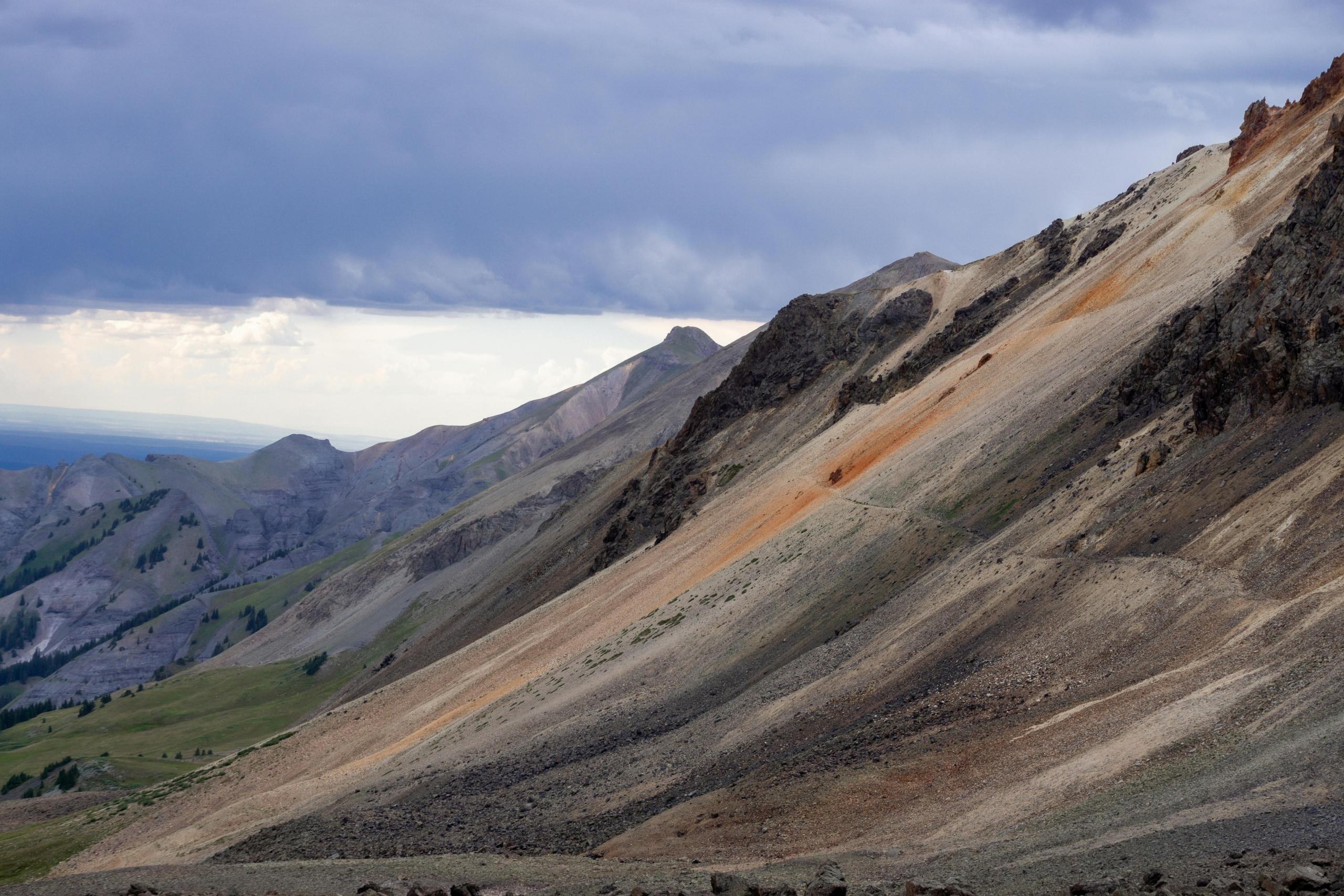
These locations are ideal for viewing the caribou migration because they encompass vast, protected wilderness areas where caribou are free to follow their ancient migration routes.
In places like the Porcupine Caribou Herd’s range, visitors have the chance to witness large herds on the move, often crossing rivers, valleys, and mountain ranges in their journey. The remote nature of these locations also helps preserve the migration’s natural beauty, offering a rare glimpse into one of the world’s greatest wildlife events.
Threats to the Caribou Migration
Despite its importance, caribou migration is facing significant challenges.
Climate change profoundly impacts the caribou’s habitat, altering the timing of vegetation growth and snowmelt. Rising temperatures and changing weather patterns can disrupt the delicate balance that caribou depend on, making it harder for them to find food and navigate their migration routes.
Human activities such as mining, logging, and expanding roads and infrastructure fragment caribou habitat, making it harder for herds to follow their traditional migration routes. These disruptions increase the risk of caribou populations declining as they face greater challenges in finding food and avoiding predators.
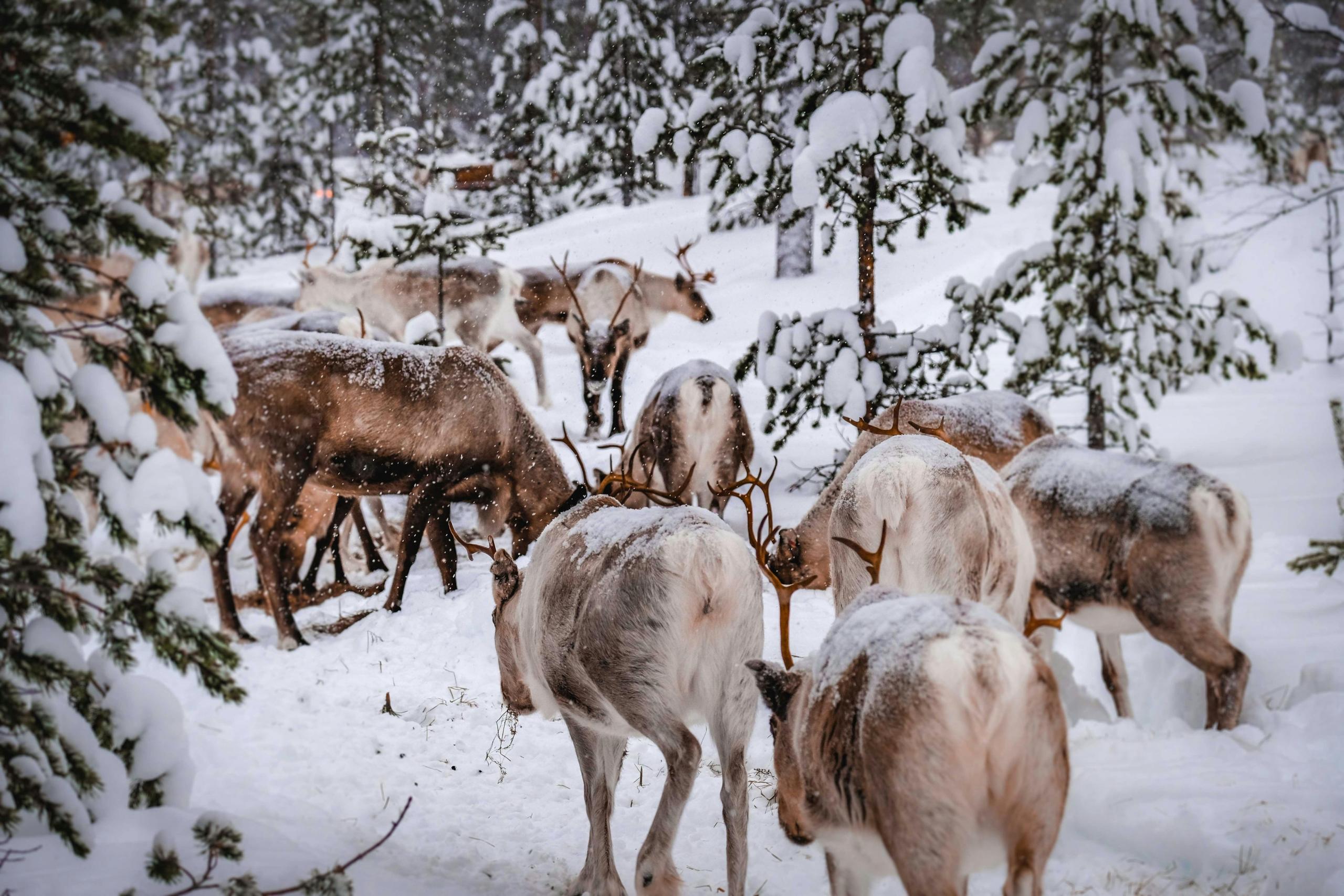
Conclusion: A Journey Worth Protecting
The caribou migration is one of nature’s most extraordinary spectacles, showcasing the resilience and adaptability of this iconic species.
Stretching across some of Canada's most remote and breathtaking landscapes, migration is crucial for caribou survival. It plays a key role in maintaining the balance of northern ecosystems. As caribou travel vast distances, they fertilize the land, sustain predators, and support the traditional lifestyles of Indigenous communities.
For those seeking to witness this awe-inspiring event, some of the best places to observe the caribou herds include:
However, the caribou migration is threatened by climate change and human activities fragmenting their habitat. Protecting this remarkable journey is vital for the caribou and the countless species and ecosystems that depend on their presence.
By raising awareness and promoting conservation efforts, we can ensure that future generations continue to witness this awe-inspiring natural event and its importance to the Canadian wilderness.

